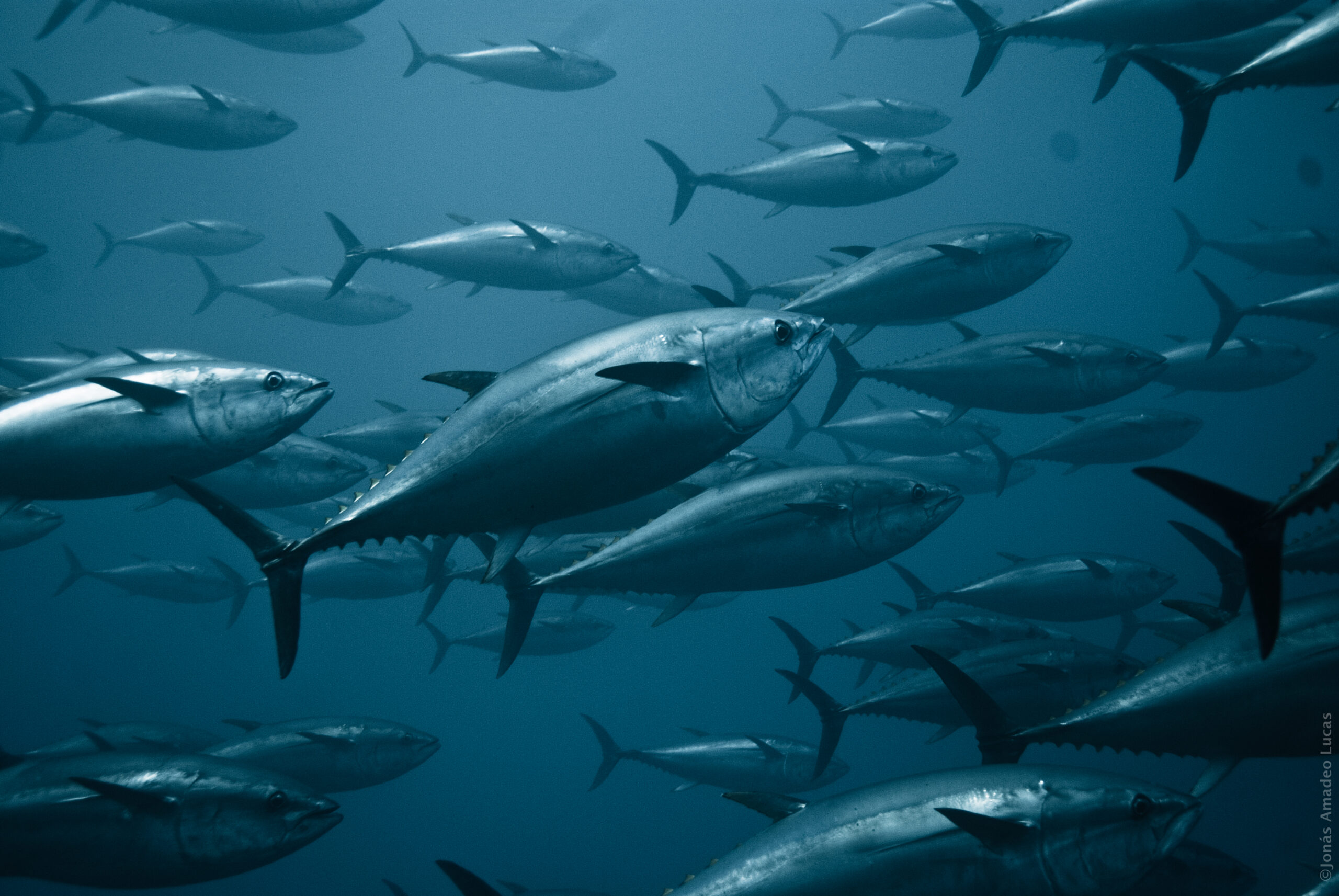
A proposal from NOAA Fisheries would eliminate these protections for Atlantic bluefin tuna in the Gulf.
Few fish represent the current challenge of achieving sustainable fisheries better than the Atlantic bluefin tuna. For decades, the international community has allowed the overfishing of this iconic fish in the pursuit of short-term economic gains with little consideration of the future of the species. Yet just in 2015, the United States showed real leadership by implementing management measures to protect bluefin tuna during the annual migration to the Gulf of Mexico to spawn. These gear restricted areas (GRAs)—bluefin tuna spawning hotspots in which surface longline fishing is prohibited—have protected the species better than anyone could have imagined.
Yet now, a proposal from the National Oceanic and Atmospheric Administration Fisheries Service (NOAA Fisheries) would eliminate these protections for Atlantic bluefin tuna in the Gulf, removing successful conservation measures in the only major spawning ground for the western population of this valuable fish. The proposed policy would reopen surface longline fishing in their spawning hotspots during peak times of April and May, which could prompt setbacks for the recovery of this severely depleted fish.
Atlantic bluefin still needs protection
Western Atlantic bluefin is among the most commercially prized fish on Earth. But after decades of mismanagement and overfishing the population today is a little more than half of what it was in 1974, when it was already depleted. And the International Commission for the Conservation of Atlantic Tunas (ICCAT), which is responsible for setting bluefin tuna quotas, hasn’t done enough to recover the population. In 2017, despite uncertainty about the status of the population, ICCAT abandoned its 20-year recovery plan and, in a short-sighted move, raised quotas. Now, ICCAT scientists project the western Atlantic population won’t continue to rebuild but will, in fact, decline.
Regulations in the Gulf of Mexico work
In the Gulf, U.S. fishermen have historically used surface longlines to target yellowfin tuna and swordfish, but this gear also catches more than 80 species of nontarget marine life, including bluefin tuna, as bycatch. After NOAA Fisheries implemented the GRAs in 2015, the average number of bluefin tuna hooked on longlines during April and May dropped by 82 percent compared with the annual average for those months from 2006 to 2012. This remarkable reduction in mortality exists only for the closure months, indicating that the GRAs, not other regulations, are responsible for this success. So why would NOAA Fisheries propose to change something that works?
Ending GRAs is a solution in search of a problem. Widely supported by the commercial and recreational fishing communities in and outside of the Gulf region, GRAs have had a significant positive impact on fishermen’s primary targeted catch, yellowfin tuna. In fact, since GRAs were instituted, yellowfin catch during April and May has increased by 38 percent, while bluefin interactions have decreased. This was exactly what the government was hoping would happen. And in a strange twist, NOAA’s own draft environmental impact statement predicts a 20 percent decrease in per-vessel revenue if it reopens the gear restricted areas.
The public has until Sept. 30 to comment on the proposed rule; The Pew Charitable Trusts urges all who support sustainable fisheries to ask NOAA Fisheries to keep these effective regulations in place. The science is clear: GRAs work and are critical to the future health of this economically and ecologically important fish. The rules are supported not only by environmental groups, but by the fishermen who are on the water every day. Now is not the time to go backwards on bluefin tuna policy.
Tom Wheatley is a manager of The Pew Charitable Trusts’ work to conserve marine life in the Gulf of Mexico, and Grantly Galland is an officer with Pew’s international fisheries team.




